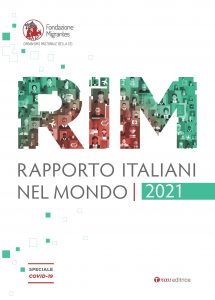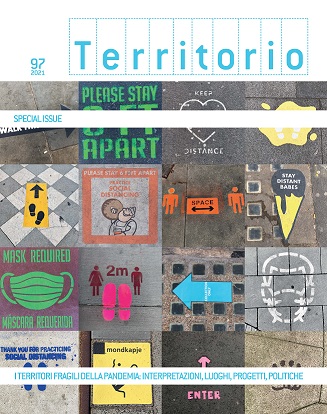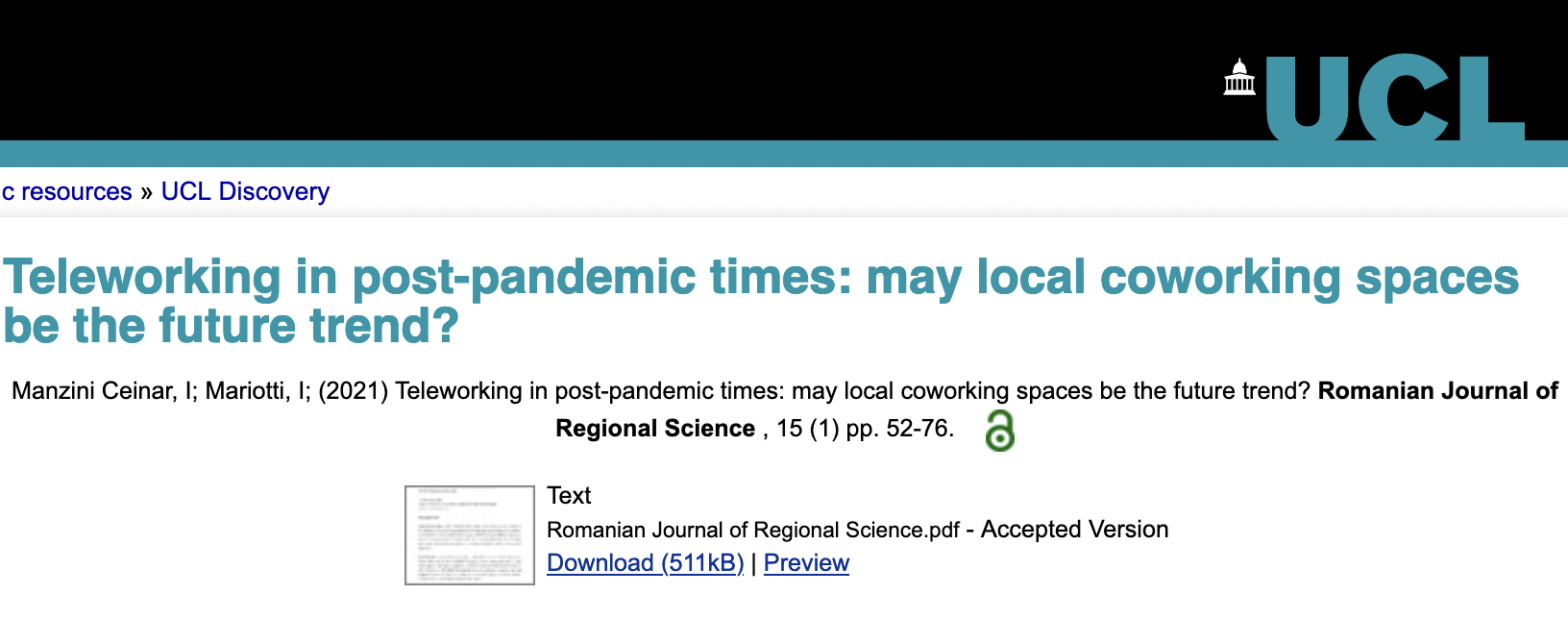di Peter Dizikes | MIT News Office
During the Covid-19 pandemic, many office workers have developed flexible working arrangements, to avoid too much time spent in crowded offices. But an MIT-supported survey project reveals a twist on this now-familiar scenario: Many workers with location flexibility are not necessarily working from home. Instead, they are taking their work to a “third place,” including cafés, libraries, and co-working spaces. About one-third of nonoffice work hours are spent in such places, the data show, even if those locations put people in closer proximity to others than working at home might.
The results come from the November and December iterations of the Survey of Working Arrangements and Attitudes, a joint monthly project in which MIT has joined forces with the University of Chicago, Stanford University, and the Instituto Tecnológico Autónomo de México. To learn more about this trend and its implications, MIT News spoke with Jinhua Zhao, associate professor of transportation and city planning in MIT’s Department of Urban Studies and Planning, and director of the MIT Mobility Initiative, who is working with his students Nick Caros and Xiaotong Guo on this project.
Continua a leggere su MIT News




